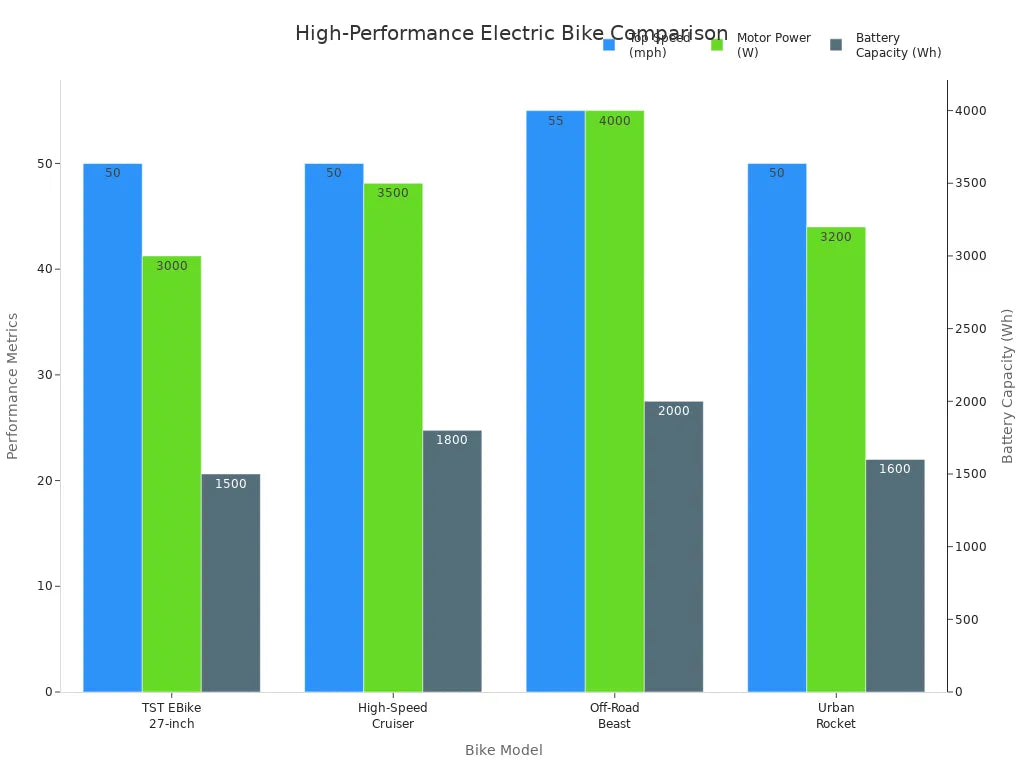Product

How Fast Can Electric Bikes Go and What to Consider for Heavier Riders
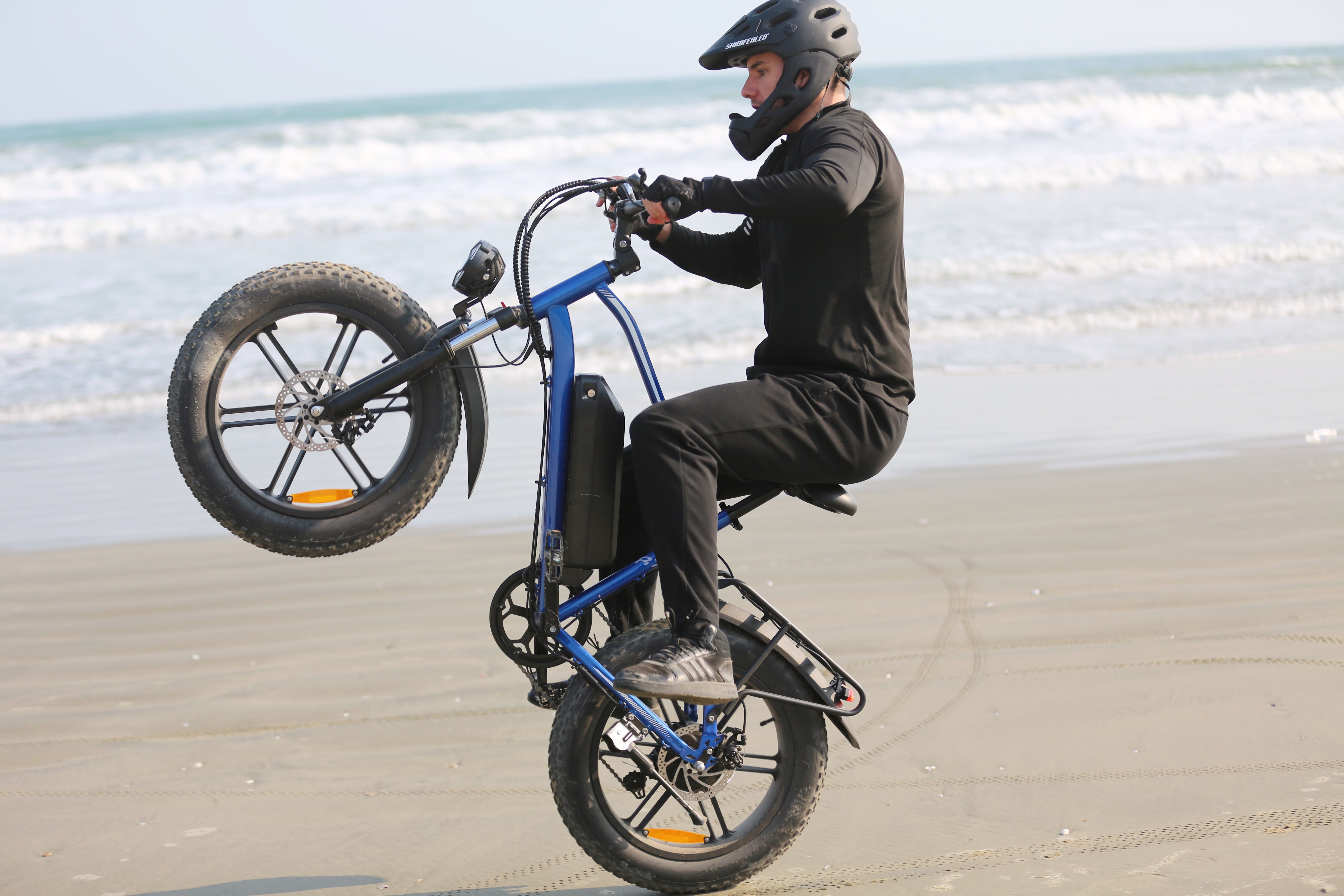
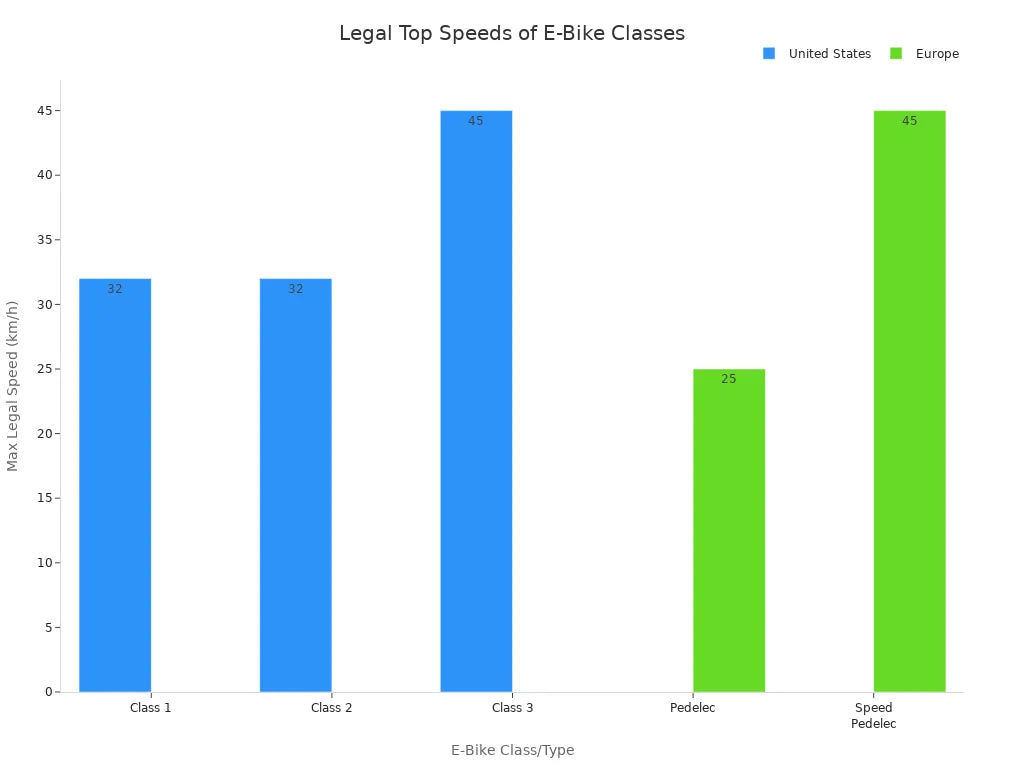
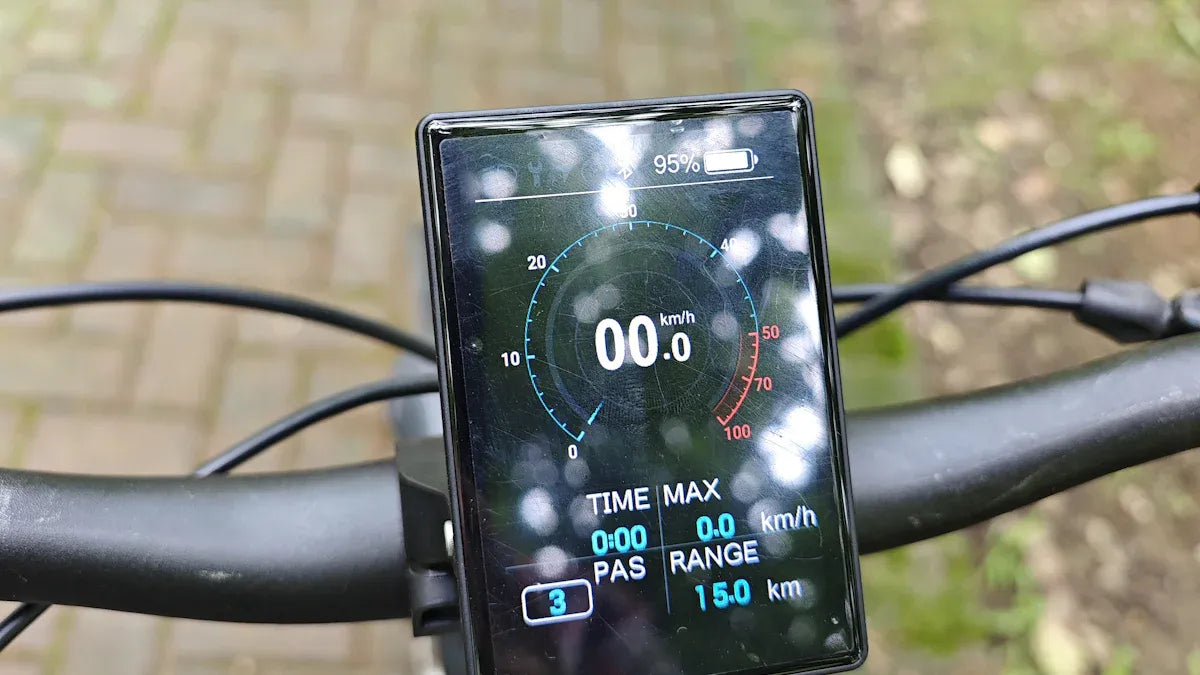
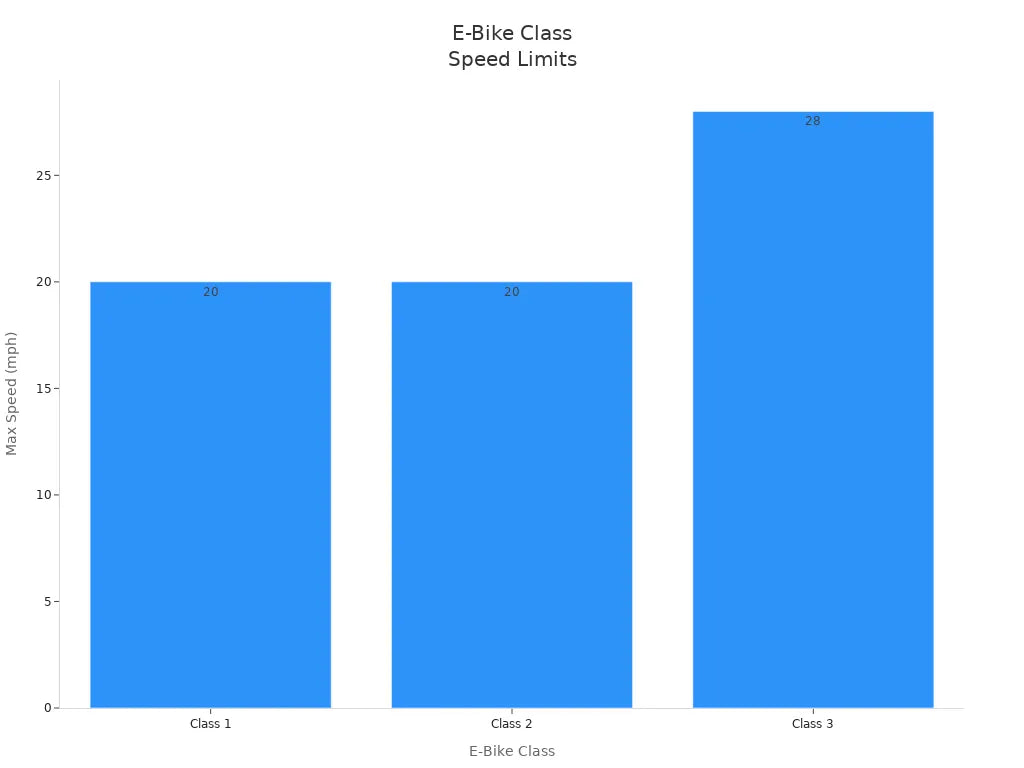
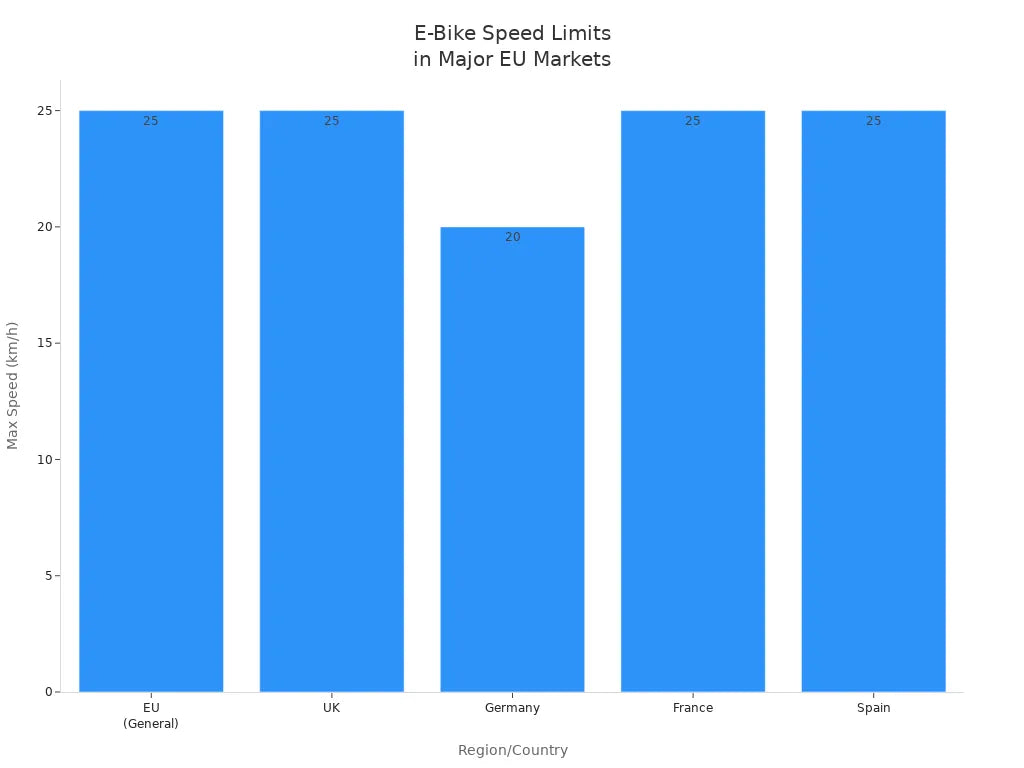
50 mph Electric Bikes
Some people want even more speed and look for 50 mph electric bikes. These high-performance models use motors with 3000W or more and large batteries. They can reach speeds of 50 mph or higher.
You will see features like full suspension, strong frames, and powerful hydraulic disc brakes. These bikes are not street-legal in most places.
Actual speeds depend on configuration, rider, and terrain.
